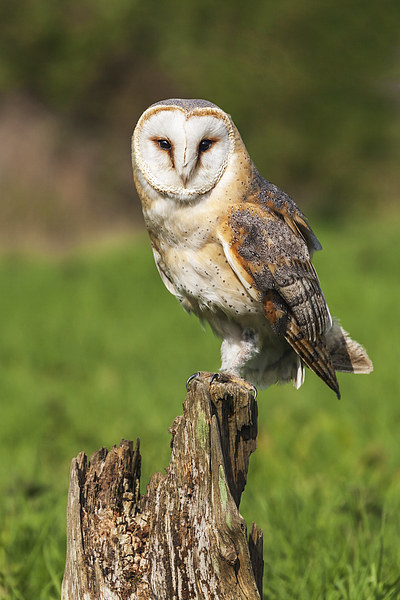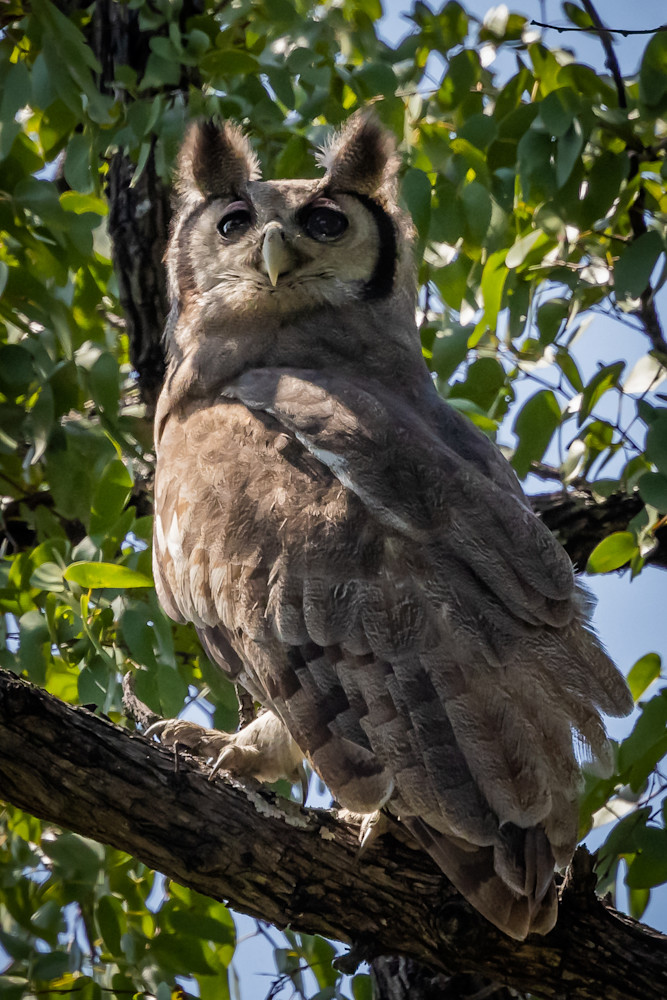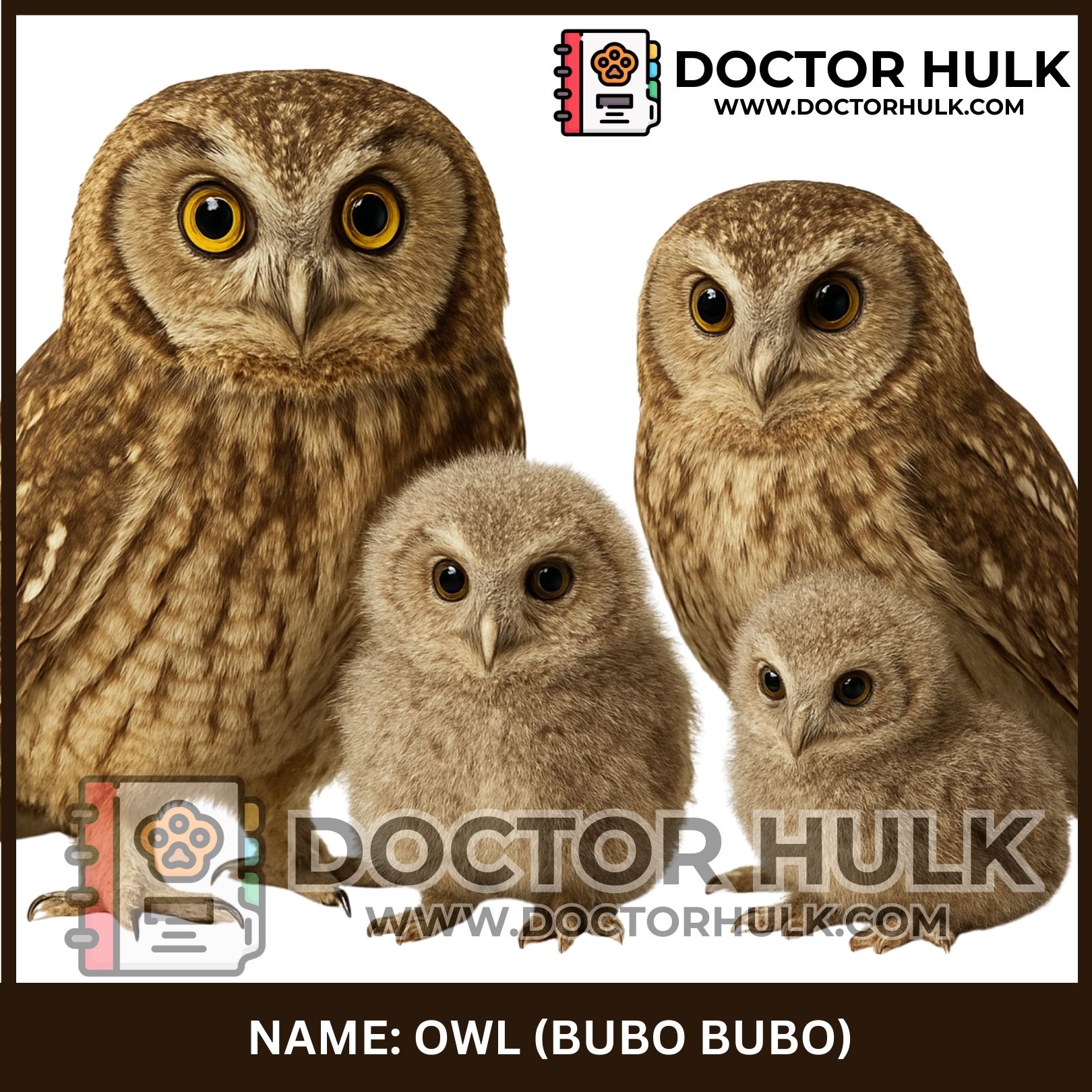One special bird that many people hear but rarely see is the Owl. Known for its big eyes, quiet flight, and deep hoots, the owl is one of nature’s best hunters.
Scientific Classification
-
Kingdom: Animalia
-
Phylum: Chordata
-
Class: Aves
-
Order: Strigiformes
There are over 200 species of owls in the world, divided mainly into two families: True Owls (Strigidae) and Barn Owls (Tytonidae).
Common Names
-
Owl (general name)
-
Some types have local names like “spirit bird” or “night caller” in different cultures.
-
In Yoruba: “Owiwi”
-
In Igbo: “Ugo mgbede” (evening eagle)
Geographic Distribution
Owls live almost everywhere in the world, including:
-
Forests
-
Farmlands
-
Grasslands
-
Cities and villages
You’ll find different species in Nigeria, Africa, Asia, Europe, and the Americas.
Physical Characteristics
Owls have a very unique look. Their bodies are built for quiet hunting and sharp vision.
-
Big, forward-facing eyes for seeing at night
-
Round or heart-shaped face
-
Soft feathers for silent flight
-
Strong claws and a hooked beak to catch prey
 Image showing a barn owl perched on a tree stump with white heart-shaped face (Source: Photo4me)
Image showing a barn owl perched on a tree stump with white heart-shaped face (Source: Photo4me)
Major species of Owls
1. Barn Owl (Tyto alba)
A white-faced owl often found in farms and open land. Known for its ghostly look.
-
Size: Medium
-
Color: Pale white with golden wings
-
Call: Screeches, not hoots
 Image showing a barn owl gliding over a field (Source: Nature TTL)
Image showing a barn owl gliding over a field (Source: Nature TTL)
2. African Wood Owl (Strix woodfordii)
Common in African forests. Has a deep hooting call.
-
Size: Medium
-
Color: Brown with pale face and dark eyes
-
Active: Mostly at night
 Image showing an african wood owl sitting on a tree branch at night (Source: Pinterest)
Image showing an african wood owl sitting on a tree branch at night (Source: Pinterest)
3. Verreaux’s Eagle-Owl (Bubo lacteus)
Africa’s largest owl. Also called the Milky Eagle Owl.
-
Size: Very large
-
Eyelids: Pink, with heavy feathers
-
Diet: Can eat monkeys, small antelopes, and other birds
 Image showing a verreaux’s eagle-owl perched on a high branch (Source: Collections by Carol)
Image showing a verreaux’s eagle-owl perched on a high branch (Source: Collections by Carol)
Fun facts about Owls
-
Owls can turn their heads almost all the way around, up to 270 degrees.
-
They have excellent night vision, even in near-total darkness.
-
Their ears are placed at different heights to help them hear direction better.
-
They fly almost silently thanks to special feathers.
-
Some owls swallow prey whole and spit out bones as pellets.
Importance to Humans
Owls help control pests like rats, mice, and insects.
-
Farmers love owls because they protect crops from rodents.
-
In many cultures, owls are seen as symbols of wisdom.
-
Sadly, some people fear owls due to superstitions, but they are completely harmless to humans.
At Dr. Hulk Veterinary Hospital, we teach people to respect owls and understand their role in nature.
Health & common issues
Owls in the wild sometimes face dangers, including:
-
Injuries from vehicles or power lines
-
Poisoning from eating rodents that ate chemicals
-
Habitat loss due to deforestation and bush burning
If you find an injured owl, never try to handle it with bare hands. Use a cloth and box to keep it calm, and take it to a wildlife vet or call Dr. Hulk Veterinary Hospital (08143397614) for help.
Conservation Status
-
Some owls are common, but a few are endangered due to human activities.
-
Forest owls are at risk because of tree cutting and climate change.
-
It’s important to protect trees and open spaces where owls hunt and nest.
Owl vs Nightjar
| Feature | Owl | Nightjar |
|---|---|---|
| Eyes | Big, front-facing | Medium, side-facing |
| Call | Hoots or screeches | Soft whirring or trills |
| Flight Sound | Silent | Silent |
| Time Active | Night (nocturnal) | Night (nocturnal) |
| Diet | Rodents, birds, insects | Mostly flying insects |
Owls are not evil or scary, they are wise hunters that help keep nature in balance. With their sharp eyes, silent wings, and loyal habits, owls are a true gift of the night.
For wildlife rescue or advice on animal care, feel free to reach out to us at Doctor Hulk Veterinary Hospital, or call 08143397614.













Reviews
There are no reviews yet.